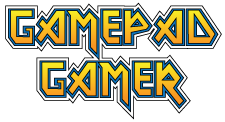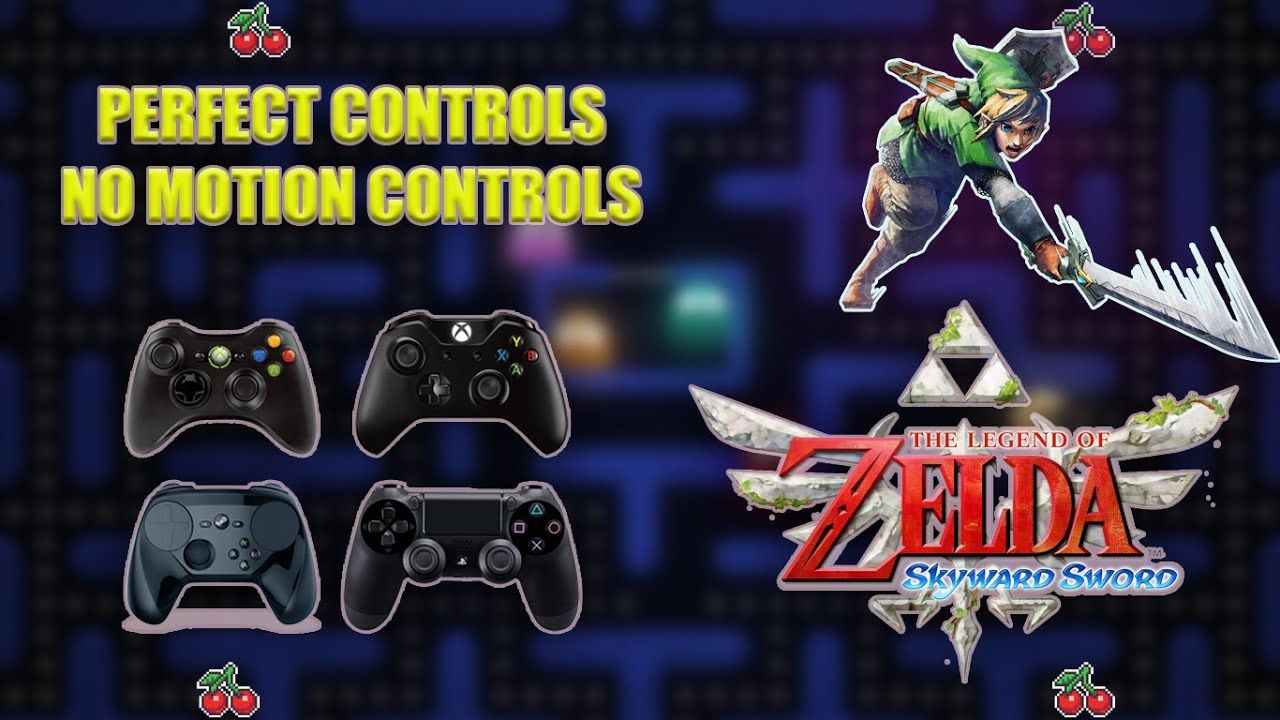Buy Me a Coffee: https://paypal.me/TwinCherry
DONATIONS ARE NOT EXPECTED BUT ARE APPRECIATED
Controls file: https://drive.google.com/file/d/1aPUrDt6E_XdmBdrxdn1oRX8LR1bGcasx/view?usp=share_link
Texture Packs:https://www.patreon.com/henrikomagnifico/posts?filters[tag]=skyward%20sword&filters[is_public]=true
Install and Setup Dolphin on PC: https://youtu.be/rkIkCIg6oO0
Ultimate Android Dolphin Setup: https://youtu.be/QNi_DKm38HA
Skyward Sword on Android: https://youtu.be/necdFi_vzA4
Box Art: https://youtu.be/BUlD7KQUezg
The Legend of Zelda: Skyward Sword[b] is a 2011 action-adventure game developed and published by Nintendo for the Wii. A high-definition remaster of the game, The Legend of Zelda: Skyward Sword HD, was co-developed by Tantalus Media and released for the Nintendo Switch in July 2021.
Taking the role of series protagonist Link, players navigate the floating island of Skyloft and the land below it, completing quests that advance the story and solving environmental and dungeon-based puzzles. The mechanics and combat, the latter focusing on attacking and blocking with sword and shield, are reliant on the Wii MotionPlus peripheral. A mainline entry in The Legend of Zelda series, Skyward Sword is the first game in the Zelda timeline, and details the origins of the Master Sword, a recurring weapon within the series. Link, a resident of a floating town called Skyloft, sets out to rescue his childhood friend Zelda after she is kidnapped and brought to the surface, the abandoned lands below the clouds.
Development took around five years, beginning after the release of Twilight Princess in 2006. Multiple earlier Zelda games influenced the developers, including Twilight Princess, Ocarina of Time and Majora’s Mask. Many aspects of the game’s overworld and gameplay were designed to streamline and populate the experience for players. The art style was influenced by the work of impressionist and post-impressionist painters, including Paul Cézanne. The implementation of Wii MotionPlus proved problematic for the developers, to the point where it was nearly discarded. It was the first Zelda game to use a live orchestra for the majority of its tracks, with music composed by a team led by Hajime Wakai and supervised by Koji Kondo.
First revealed in 2009, it was initially planned for release the following year before being delayed to 2011 to further refine and expand it. The game was a critical and commercial success upon release, receiving perfect scores from multiple journalistic sites, winning and receiving nominations for numerous industry and journalist awards, and selling over three million copies worldwide. The 2021 remaster sold a similar number on the Nintendo Switch. Feedback on the game later influenced the development of the next entry for home consoles, The Legend of Zelda: Breath of the Wild.
The Legend of Zelda: Skyward Sword is an action-adventure video game in which players take on the role of series protagonist Link through a series of overworlds populated by monsters and navigating dungeons featuring puzzles and further enemies including dedicated bosses.[4] Link is controlled using the Wii Remote and Nunchuk, and the Wii MotionPlus expansion device is required to play. The greater majority of gameplay mechanics revolve around use of motion controls: these include camera control with the Nunchuck and general hotkey actions and movement linked to the Remote. Jumping across gaps and scaling ledges happen automatically within context. The Nunchuck is also used to make Link perform a forward roll.[5] In addition to his standard pace, Link can sprint for short distances. Sprinting and other actions such as climbing and carrying heavy objects is limited by a stamina meter, which recharges after a few seconds when not performing actions that drain it. When depleted entirely, Link’s movement speed is reduced and he is left vulnerable until the metre refills.[4][6] Standard navigation takes place from a third-person perspective, while the Dowsing search function switches to a first-person view: Dowsing scans an area for a selected object, with new Dowsing objectives appearing depending on game context.[4][5]
HIT LIKE, SHARE AND SUBSCRIBE IT REALLY HELPS THE CHANNEL
source



![[Xbox Series X|S] XBSX2.0 Install/BIOS/Game Setup Guide - Better PS2 Emulation For Xbox Is Here!](https://i0.wp.com/thegamepadgamer.com/wp-content/uploads/2023/05/Xbox-Series-XS-XBSX20-InstallBIOSGame-Setup-Guide-Better-PS2.jpg?resize=200%2C200&ssl=1)



